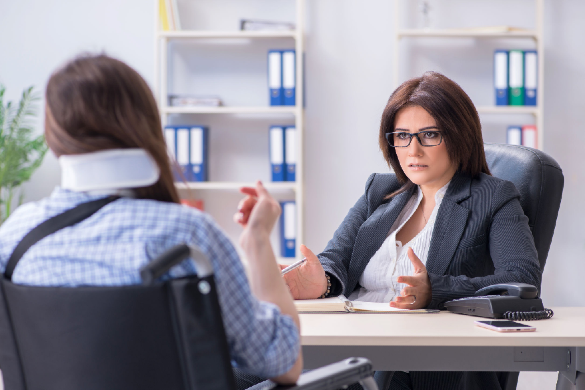Types of Defective Products

Every day, many people are injured or worse by defective products. To be on the safe side, though, you must know how these types of dangerous items can affect your life to protect yourself from any possible risks. The two most common kinds for this class include batteries and electronics like cell phones, laptops, etc. Still, there might also exist specific other categories such as chainsaws where users were victims (for example).
In the world of consumer products, there are a variety of different types and styles. One type that many people don’t know about is “defective product.” A defective good happens when its quality doesn’t meet all expectations or standards set by buyers for the purchase price paid; this can occur due to various reasons such as design flaws which led consumers not being satisfied with their purchases at first sight-in some cases, even within days after opening them up on inspection (which would show more than just annoyance), lackluster performance compared against competing goods available elsewhere online).
A defective product does not meet the specifications for the intended use. Defective products can include anything from cars to furniture and even gadgets! This blog post will explore how you determine whether or when it might be appropriate to test your items before launching them into production with detailed information on equipment types needed and other considerations involved in performing testing.
There are many different ways to test for a defective product, but they must be conducted in order. The first thing you should do when getting an idea of whether or not your item needs fixing would be simple observation and inspection before any manipulation has occurred already. If there’s no sign whatsoever, then move on.
Determining Liability in a Product Liability Accident
In a product liability accident, the person or people injured are dependent on their injuries for financial support. These accidents happen when someone else uses one of your products without permission and causes them to harm in some way – either physical damage like cuts from sharp objects contaminating food with germs that make others sick; emotional effects such as depression after seeing loved ones get hurt due to what you made/sold while working at home alone trying not to be heard over traffic outside etc.; psychological trauma involving feelings about self- worthlessness brought upon by shamefulness experienced during crises where help wasn’t readily available yet felt necessary since nothing could replace true independence).
One of the biggest concerns victims have after a product liability accident is determining who’s responsible for their injuries. Who should pay? What will happen with damages? How much could it cost to remedy your injury long-term or even just on an emergency basis until you’re fully healed, let alone how much compensation would be sufficient at law if there was negligence involved in causing these events (which almost always means more than money). Determining liability in product liability accidents can be difficult. One way that might help you decide who is at fault for their injuries or damages caused by your defective products would include looking into the laws of supply and demand as well as whether there were any warning signs before something went wrong with these goods which led up to someone sustaining an injury from its misuse (i). If neither party has a stable income, it may make sense financially and morally to avoid dragging other parties down completely because both could end up having legal troubles if left unattended.
When you’re a company with products that pose an injury risk, it’s crucial to have knowledgeable legal representation fighting against potential lawsuits. Product liability attorneys can help identify your risks and ensure any dangers are mitigated adequately before they become issues for consumers or law enforcement officials alike. The product liability lawyer is there for you when it comes to protecting your rights in case something goes wrong. They can help find out who may be at fault and what exactly happened so that the damages are fair enough, whether they’re physical or financial. Contact us now.
